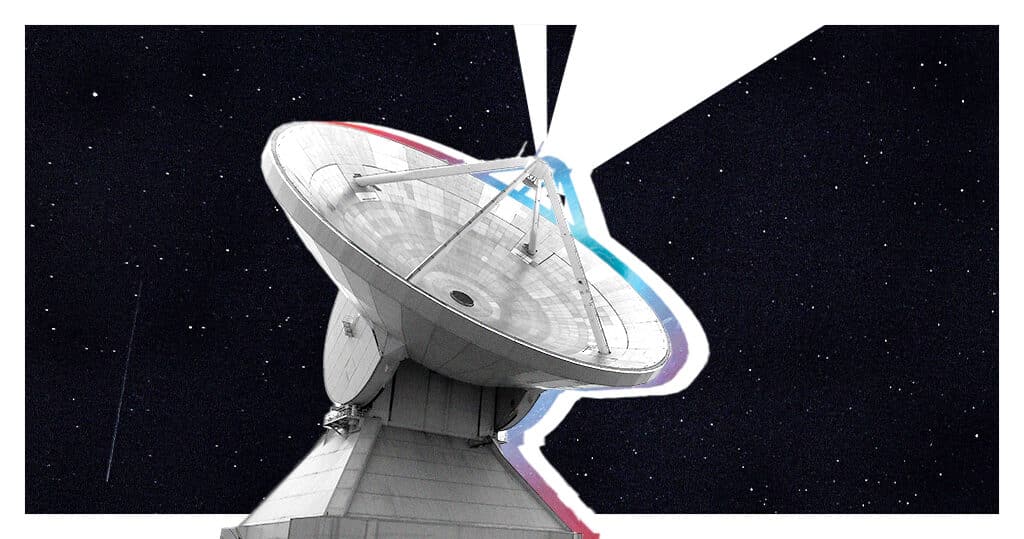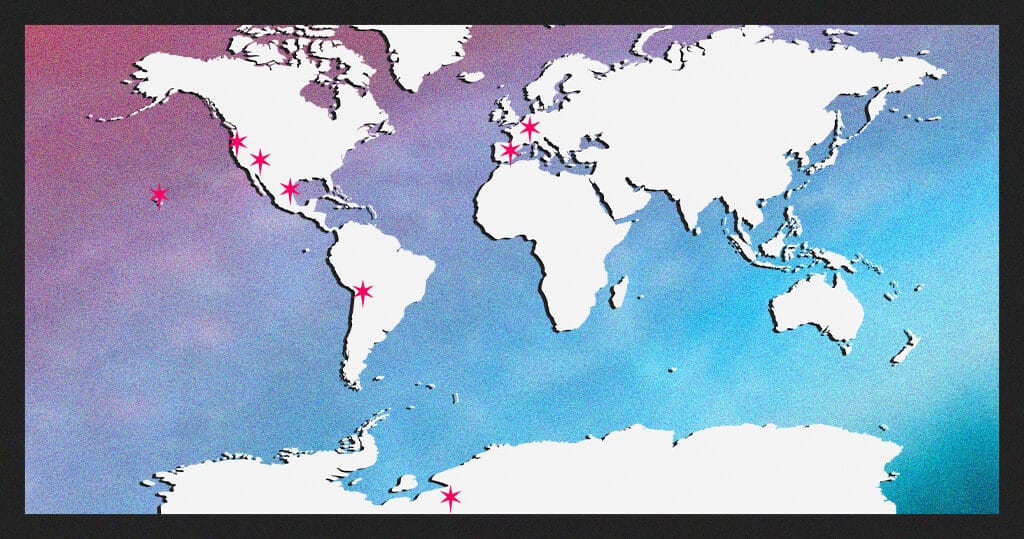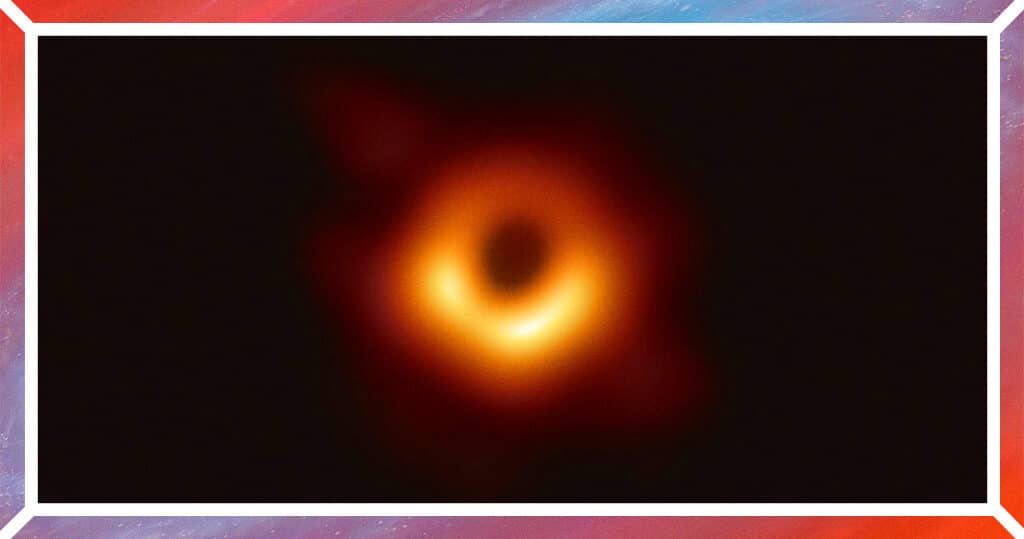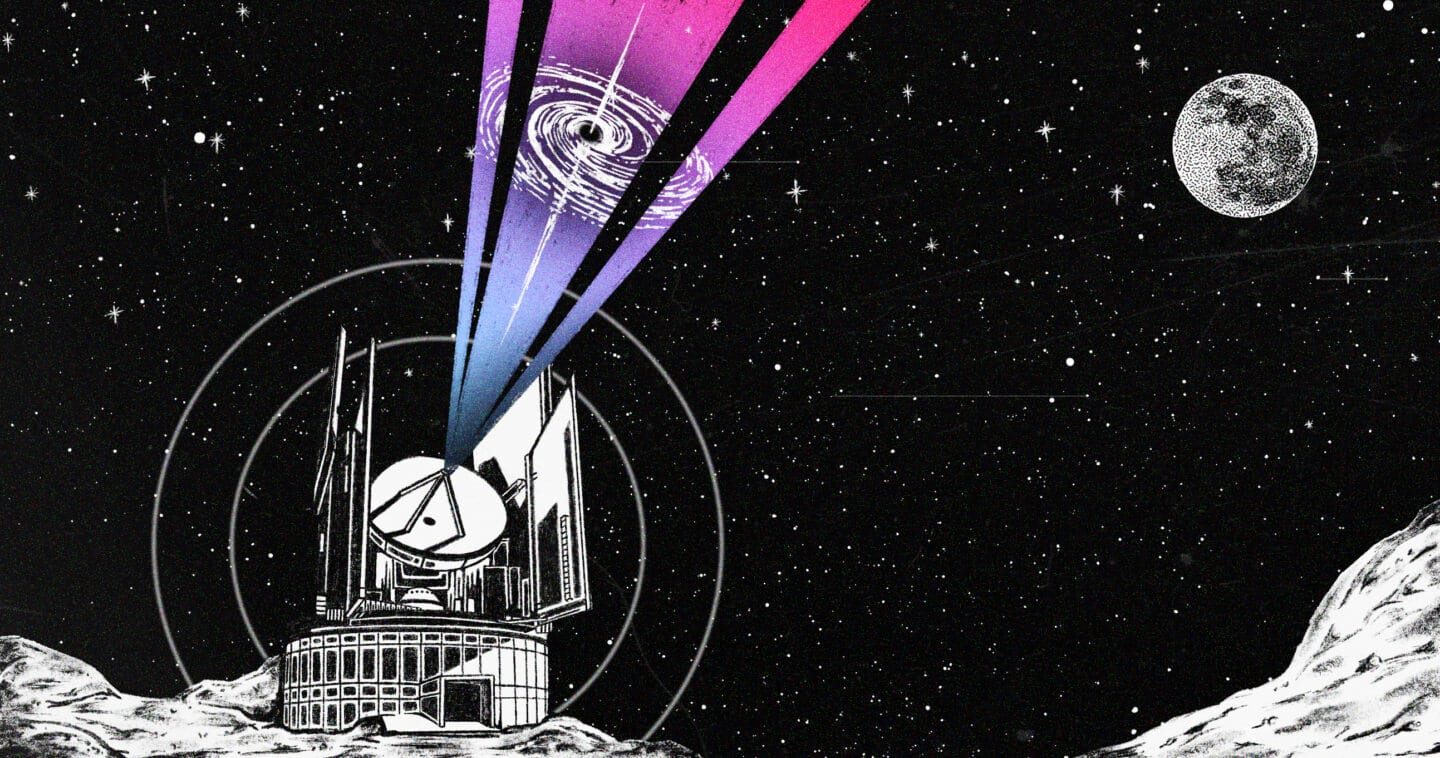Since 2015, Western Digital has been supporting the Event Horizon Telescope, a groundbreaking virtual telescope observing and imaging black holes.
Almost every image we’ve seen of a black hole isn’t an image at all. It is an illustration of what we think black holes look like, based on mathematical theory and fairly recent evidence that black holes exist.
All of this changed in 2019 when a team of scientists used a decades-old astronomy technique, remarkable global collaboration, and advancements in data storage and computing technology to create the first-ever image of a black hole.
Just a few months ago, that same team released a much anticipated second image of the black hole at the center of our galaxy. Just as fuzzy, but no less seminal, these two images are part of a black hole golden age. It is an age where Moore’s Law, machine learning, and eventually quantum computers may uncover one of the universe’s weirdest and most enigmatic objects.
Black holes: hurly-burly engines in our universe
The mysteries of black holes run deep. Like an infinite well of gravity, they are a region of spacetime where so much mass condenses into such a tiny space that gravity overcomes all known forces. So strong, even light cannot escape. So powerful, it can tear stars apart. So bizarre, time may come to its abrupt end inside.
It’s hard to wrap our heads around the concept of black holes. Objects infinitely dense, like squeezing the mass of the Earth into the size of a coin.
Even Einstein, whose general theory of relativity predicted the existence of black holes, found the idea so radical and improbable that he was doubtful black holes existed.
Yet 100 years after Einstein’s groundbreaking theory, astronomers estimate there are more than 40 quintillion (yes, that’s 40,000,000,000,000,000,000) black holes in the observable universe. They may be superabundant, but they’re not easy to find.

Space photography has come a long way, but black holes are invisible to the human eye. With everything pulled into their gravitational field, they don’t emit anything our instruments can detect.
Yet scientists are never too impressed by the impossible. Over the years, astrophysicists and mathematicians have found Nobel-prize-worthy ways to detect black holes by looking at how they govern star orbits around them. For example, the black hole at the center of our galaxy makes its surrounding stars look like bacteria in a petri dish.
There are other clues to locating a black hole. All that hot gas and stardust trying to squeeze into a dense point create a lot of friction. And as matter turbulently rubs against itself, it heats to billions of degrees and glows.
Paradoxically, black holes are also some of the most luminous objects in the sky. And scientists have calculated that one should be able to see the terrifying border where photons still orbit the black hole and the point where nothing can escape it: the event horizon.
But that’s theory. A black hole has never actually been seen. The real problem with imaging black holes isn’t just their blackness or their glow. It’s that they are extremely far away.
A telescope as big as Earth
The nearest supermassive black hole is Sagittarius A* (Sgr A*), which resides at the galactic center of the Milky Way. A cosmic spitting distance of 26,000 light-years from Earth, it would take a space probe, like Voyager 1, more than 400 million years to get there.
There are also gargantuan black holes, like the one in the Messier 87 galaxy. Measuring 24 billion miles across and six and a half billion times the mass of our sun (what?), it is one of the largest known black holes.
Yet looking at either of these objects through a telescope is much like trying to photograph a donut on the moon.
The magnifying power of a telescope is limited by the size of its dish. To get a high enough resolution and see whether that donut is glazed or custard-filled, would require a telescope the size of the Earth. While that won’t happen anytime soon, or ever, one scientist envisioned a hack.
Sheperd Doeleman is an astrophysicist at the Center for Astrophysics | Harvard & Smithsonian. He studied a radio astronomy technique called Very Long Baseline Interferometry (VLBI), where several telescopes, located thousands of miles apart, simultaneously observe the same celestial object to emulate a telescope as large as the distance between them.

To create an Earth-sized telescope, Doeleman would need to network a lot of telescopes. He’d need to design, build, and install new hardware in some of the world’s most expensive telescopes perched at 15K feet, atop extinct volcanoes and the south pole. He’d need atomic clocks to synchronize them to the billionth of a second. And, he’d need to rally dozens of scientists, engineers, and institutions to collaborate on a project with a fantastic but implausible outcome.
It took more than a decade, but Doeleman, and the hundreds of scientists who joined the project, pulled it off.
Over several nights in 2017, eight telescopes worked in perfect sync to capture the electromagnetic waves veering around a black hole. They leveraged the ever-growing increase in data storage, processing, and transfer speeds to extend the telescope’s sensitivity to an unprecedented resolution and created one of the largest datasets ever recorded in a night of astronomic observing.
It took several more years to build the tools and algorithms that could combine and synthesize its image from 5 petabytes of data and half a ton of hard drives. With no previous or existing data to reference, the team needed to ensure the image would be indisputably uncorrupted by human bias. That ring of light needed to emerge from data, not their aspirations.
On the 10th of April 2019, Doeleman stood on stage and showed the world, for the very first time, an image of a black hole. “We have seen what we thought was unseeable,” he said.
The following day, the image was on the front page of almost every newspaper. A sensational milestone in human history and one that begged the question, what’s next?
The next generation of black hole photography
There’s a fantastic trait to humans: no matter how spectacular the breakthrough or how impossible something seemed only a second ago, it is immediately embraced as a stepping stone for the next big thing. For Doeleman, it was clear this image was just the beginning.

The next-generation EHT (ngEHT) is already underway to create higher resolution images and the first movie of a black hole. The project is planning to leverage more telescopes, gather new wave lengths, and ride the curve of Moore’s Law to collect more detailed data than ever before.
According to Kamaljit Singh, a technologist at Western Digital, the project is evaluating one of the company’s latest flash storage enclosures. Packed with speedy SSDs, the suitcase-sized server could increase the aggregate capturing capability to half a terabit of data every second. “That’s a whopping 8x bump from what the project used just a few years back,” he said.
Not that long ago, black holes were an object of contention. Now they’re an object of obsession. Just this past month, scientists announced they discovered a wandering black hole, answered the mystery of how black holes formed in the early universe, and found the fastest-growing black hole (gobbling the equivalent of the Earth’s mass every second).
The accelerating advancements in data storage, networking, and processing technology alongside the spectacular progress of the James Webb Space Telescope and the new era of small satellites are arming scientists, mathematicians, and engineers with new tools.
Mysteries are, after all, the ultimate call to action. And while we still don’t know what’s inside a black hole, technology is bringing us closer than ever before. Stay tuned.
–
Check out Lindy Blackburn, Radio Astronomer and EHT Data Scientist at the Center for Astrophysics | Harvard & Smithsonian, and Kamaljit Singh, technologist at Western Digital, as they discuss observatory data capture for the characterization of black holes at Flash Memory Summit 2022.



